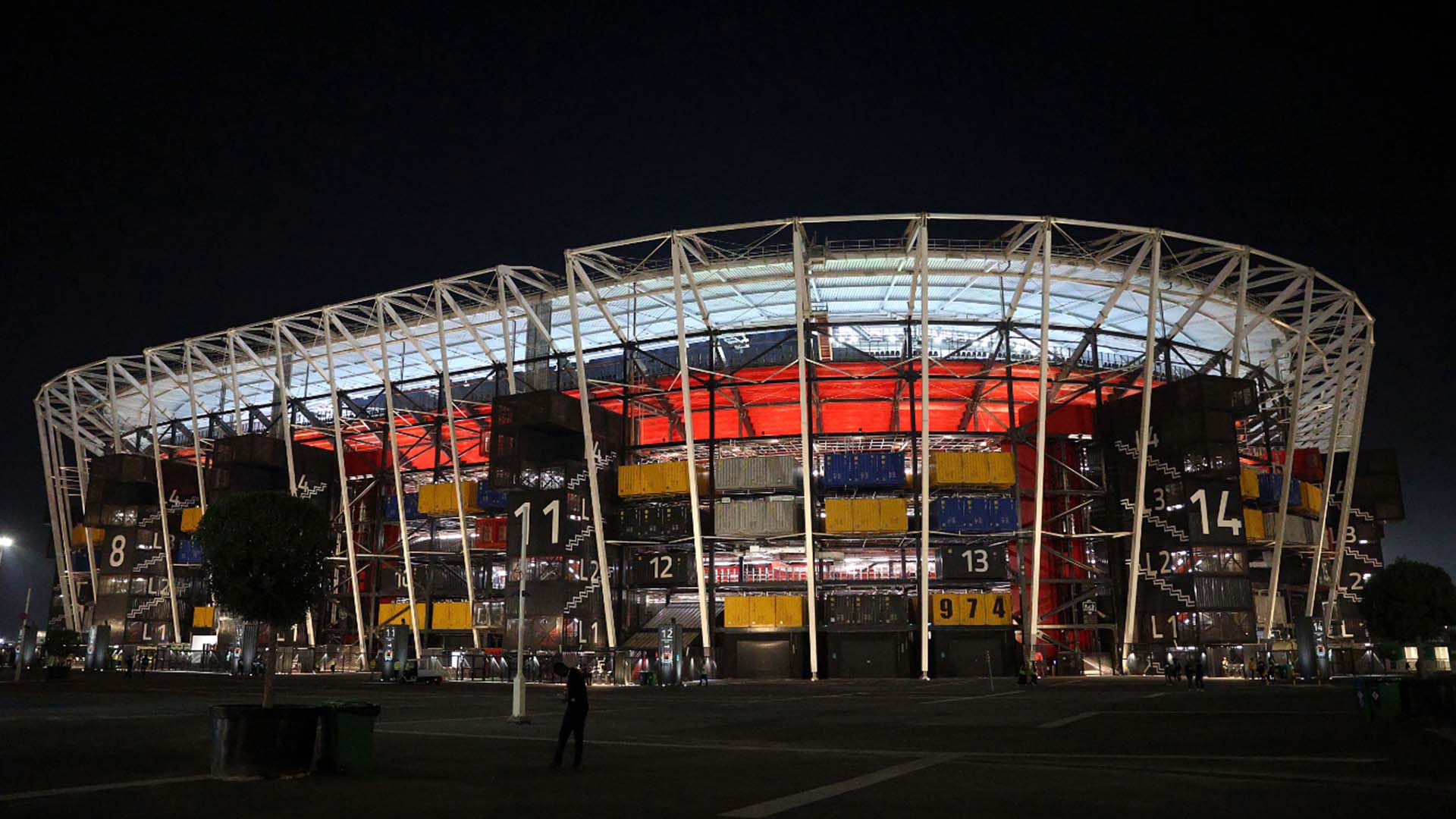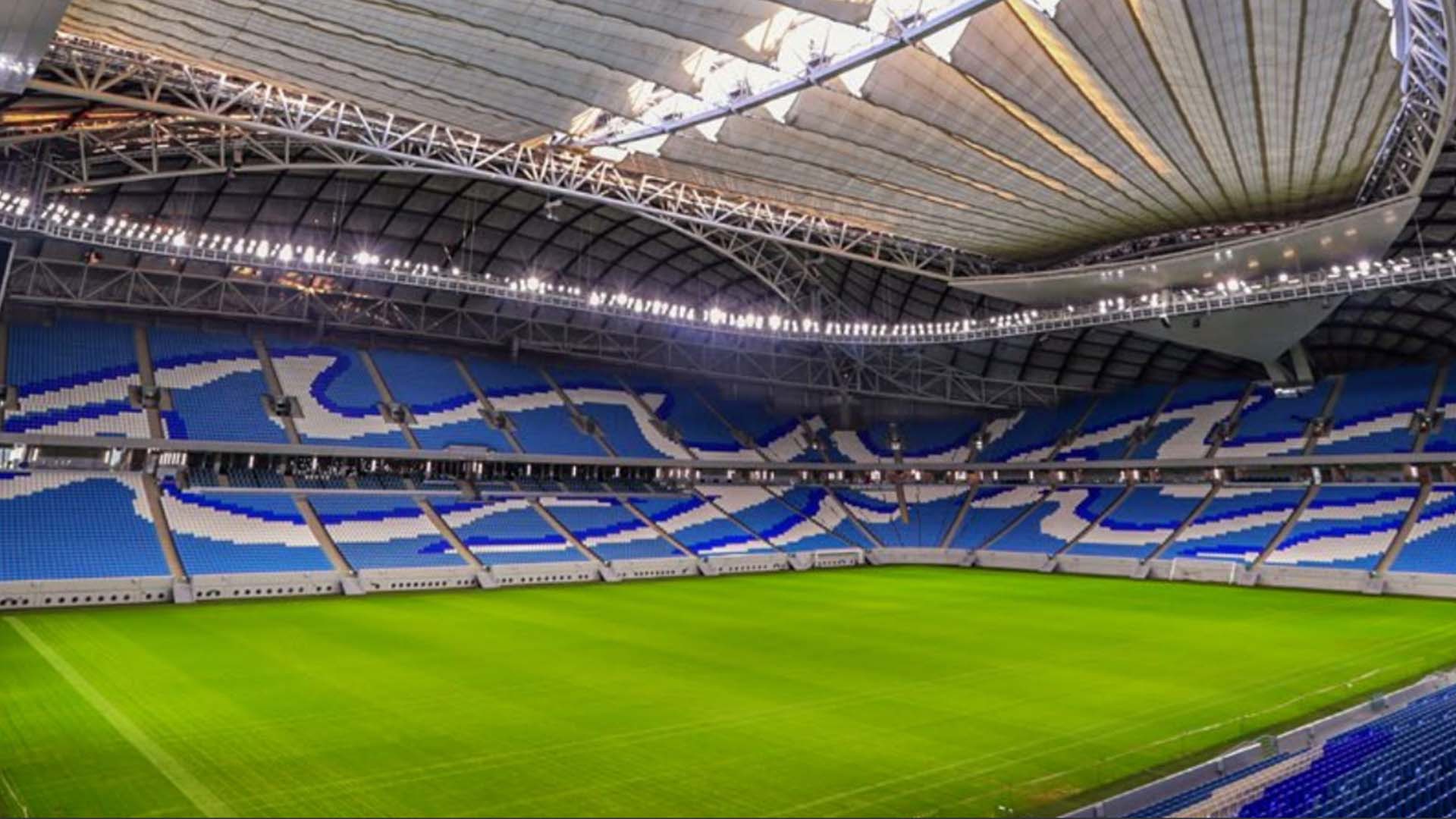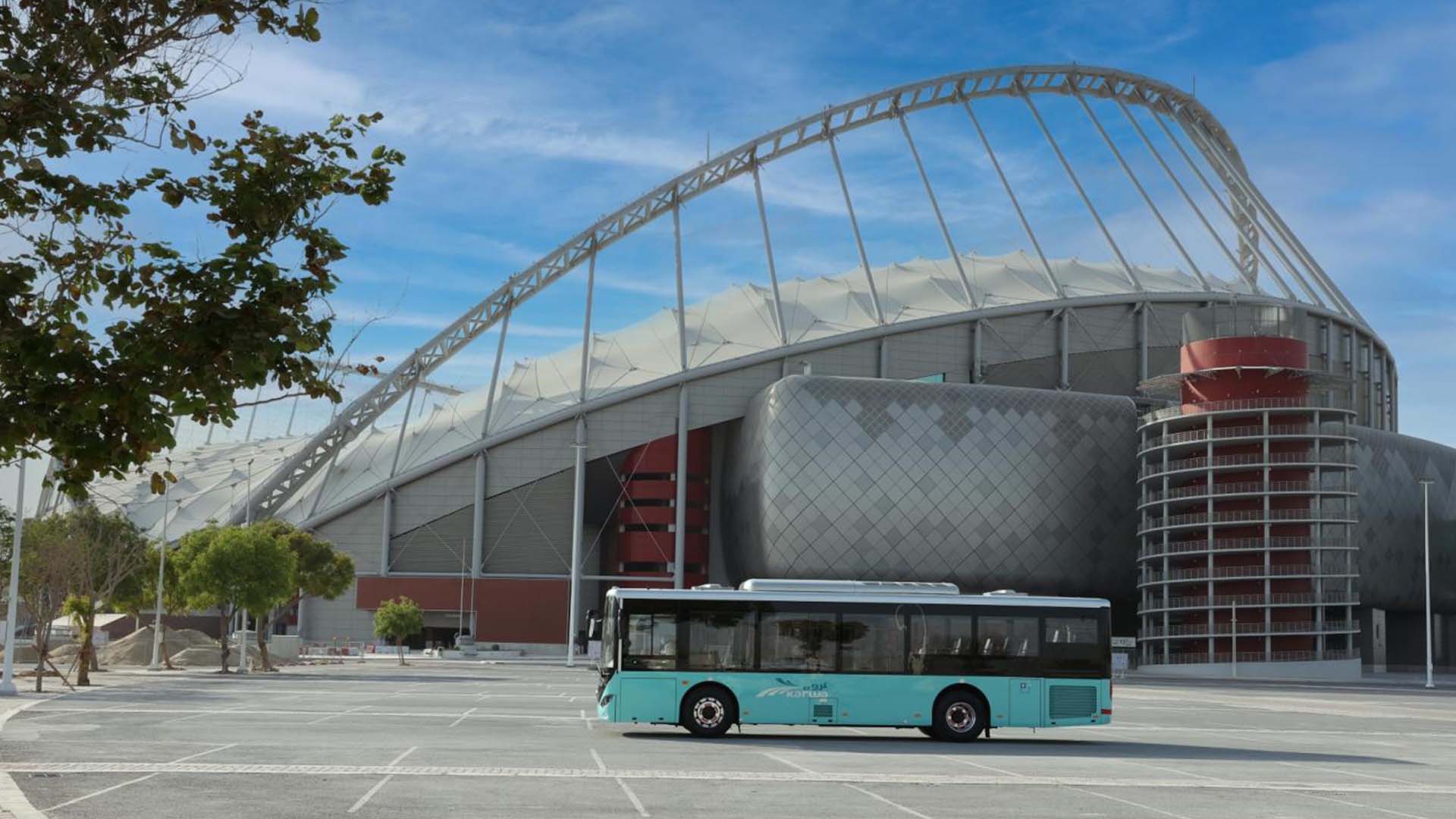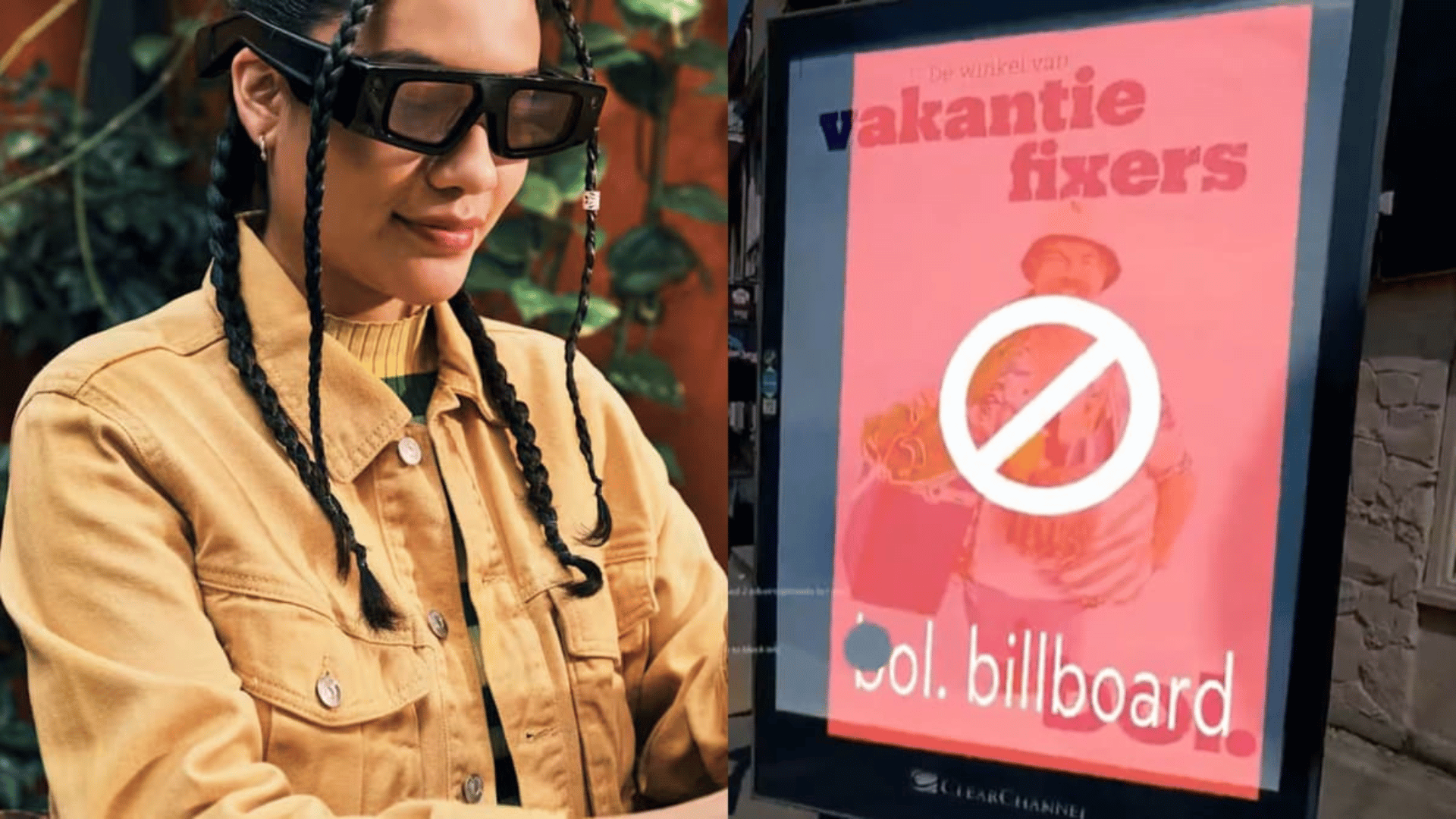When FIFA announced that the 2022 FIFA World Cup would be held in Qatar, the country quickly got to work to ensure that sustainability would be at the heart of the tournament and the stadiums. According to Qatar 2022’s official website, the tournament’s stadiums consume about 40 percent less energy than standard designs.
Fully Demountable Stadium

One of the chief sustainability issues of mega-events like the World Cup is the legacy of stadiums built solely for this competition. Especially in a country like Qatar which does not have a domestic soccer league, the billion dollars worth of venues that are built for five weeks of the tournament can be detrimental to the local environment, economy, and community.
To combat this concern, Stadium 974 is the World Cup’s first fully demountable stadium. The 40,000-seat stadium was constructed using repurposed shipping containers and modular steel frames to ensure cost-effectiveness. Due to its location on the coast, the stadium enjoys a cooling breeze and does not require an air conditioning system. After Stadium 974 hosts seven World Cup matches, it will be taken down and moved.
Advanced Stadium Cooling Technology
The other seven stadiums that will host the 2022 FIFA World Cup are sustainable in their own right. Notably, the stadiums feature advanced stadium cooling technology, a revolutionary technology that will keep the atmosphere inside the stadium at about 68° F.
The cooling technology uses a combination of insulation, targeted cooling, and sensors to keep the temperature constant and circulate the cool air. The method means that stadiums only need to be cooled two hours before an event, significantly reducing the venue’s energy consumption. As a result, the technology is estimated to be 40 percent more sustainable than existing techniques.
Sustainable Construction

All of the stadiums in the 2022 FIFA World Cup were constructed using best environmental practices and sustainable design principles. For example, reused materials, locally produced materials, and materials made with recycled content were prioritized for the construction process. Thermally efficient building envelopes were used to further minimize the demand on buildings’ systems and optimize energy efficiency.
The inside of the stadiums also includes many sustainable aspects. For example, the stadiums implement energy-efficient, longer-lasting, and non-toxic LED lights. Every stadium also uses water-efficient fixtures like waterless urinals and dual flush toilets. The building management system takes meter readings every half an hour to quickly solve leaks or other water issues.
Green Transportation

In order to get spectators and players to and from these sustainable stadiums, Qatar has encouraged the use of green transportation services. For example, the country has introduced a fleet of 4,000 buses, including 700 electric ones, to shuttle passengers between transport hubs and stadiums.
Additionally, every FIFA World Cup Qatar stadium is connected to public transportation to reduce the dependency on cars. The new Doha Metro also provides an affordable and eco-friendly way for fans to get to and from the airport, surrounding areas, and stadiums. The development of sidewalks and cycle paths has also been fast-tracked to provide increased accessibility for pedestrians and cyclists.
As Thani Al Zarraa, the Supreme Committee’s Mobility Operation Director, added, “The transformation that Qatar has seen will benefit its population well after the World Cup, whether it’s providing affordable and sustainable transportation alternatives or by encouraging different options which will help the country reduce its carbon emissions.”
For more information on the 2022 FIFA World Cup, check out the Qatar’s technology innovations and behind the World Cup’s official logo.







